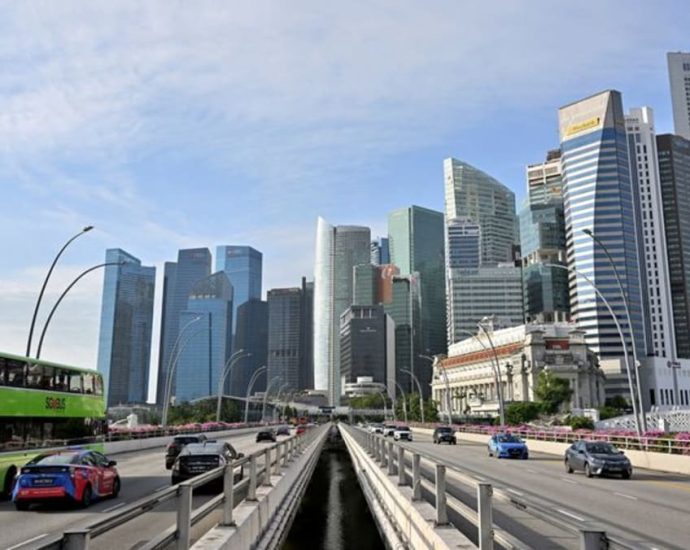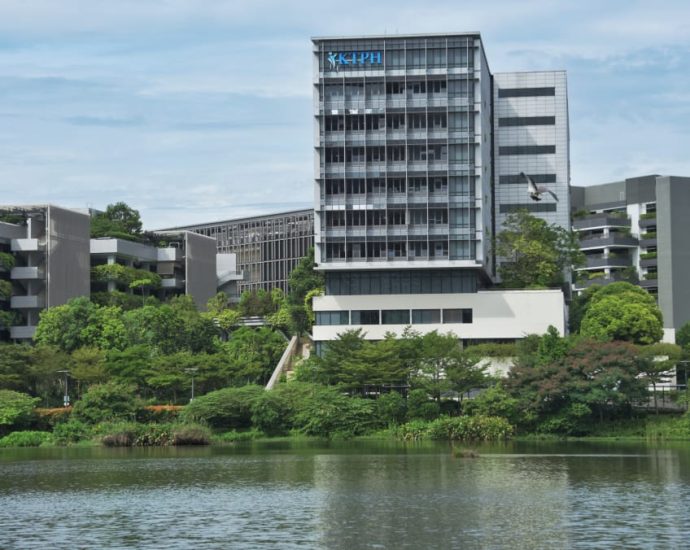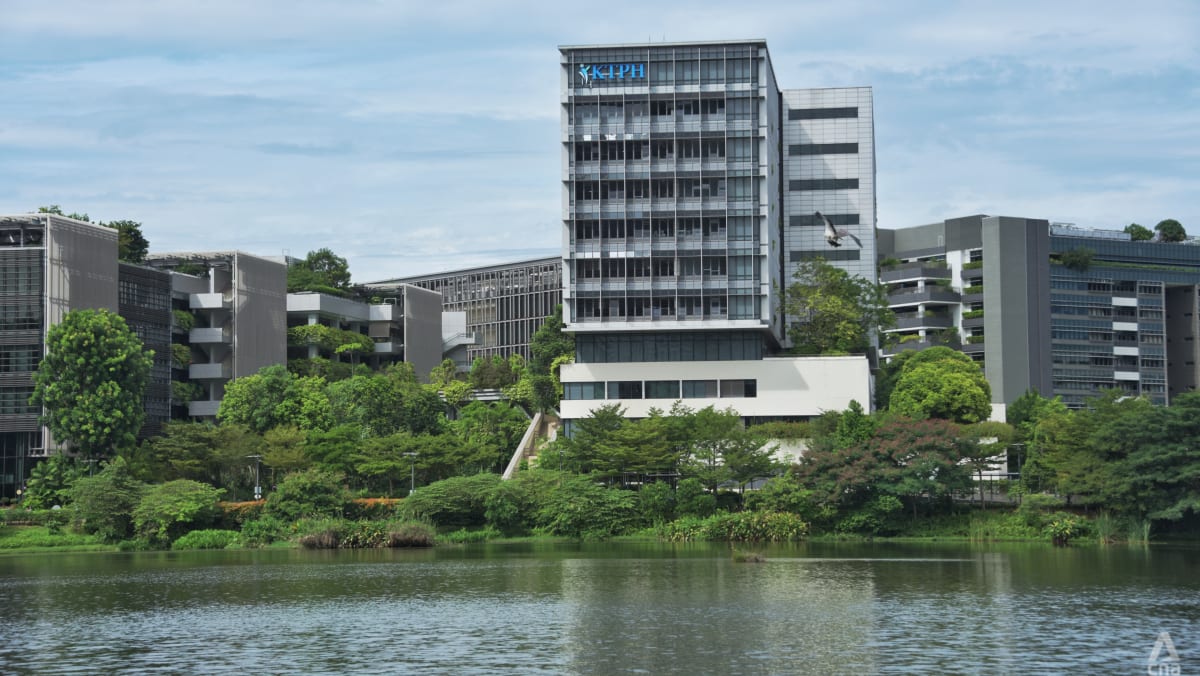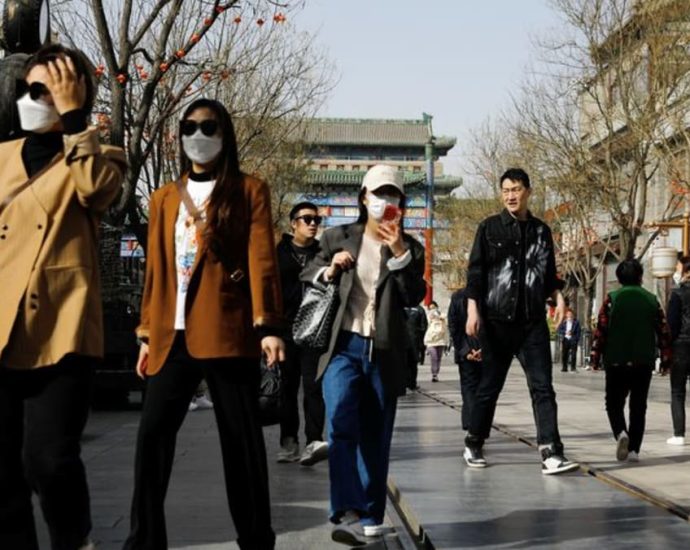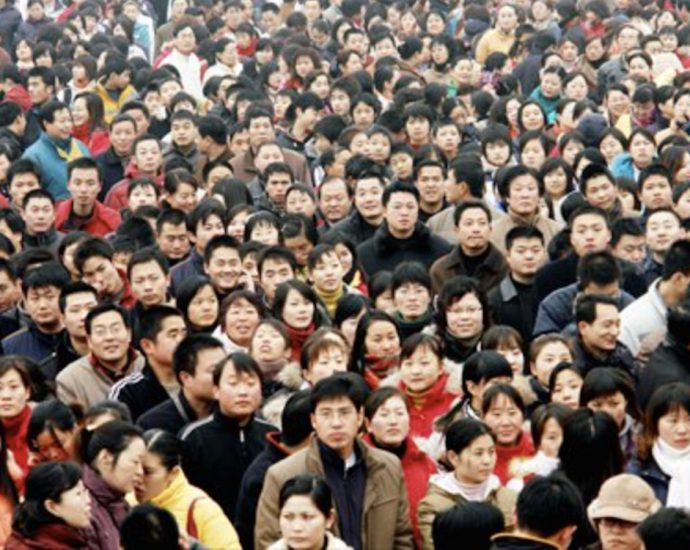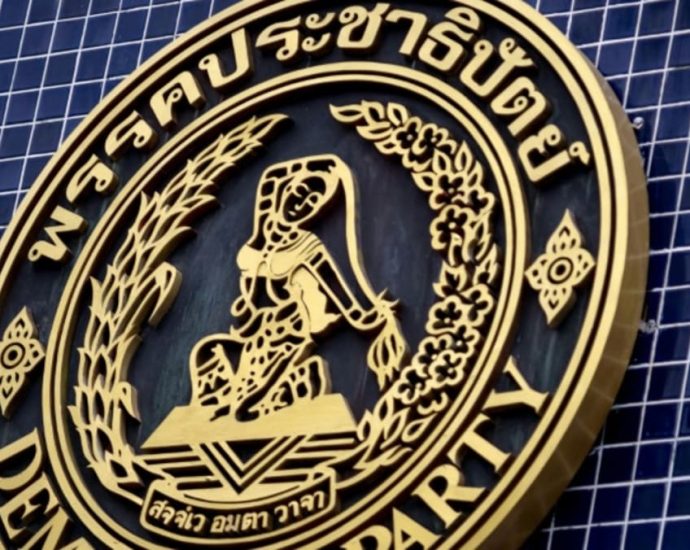ANA to cancel tickets erroneously sold at bargain prices; first, business class bookings affected
SINGAPORE: Travellers who snapped up All Nippon Airways (ANA) tickets at erroneously discounted prices last week will have their bookings cancelled and refunded fully, the airline said on Tuesday (Apr 25). In a notice posted on its websites, ANA said that there had been a “technical issue with the currencyContinue Reading










